Feeling every pothole and ripple in the road gets old fast. If your car’s ride is beating you up, you might be thinking about softening those stiff suspension springs. There’s more to it than just popping off a spring and hoping for the best—you need to know what you’re getting into.
Some folks try cutting coils or swapping springs from other cars, thinking it’ll give them plush comfort. Truth is, not all tricks work out like they do on YouTube. Messing with suspension can affect safety, handling, and might even destroy your shocks if you’re not careful.
Want a smoother ride without turning your car into a wobbly mess? Start by checking your existing setup: are your shocks matched to your springs, and are your bushings in good shape? Sometimes, upgrading or changing a few parts around the springs (like rubber isolators or softer bushings) can make a big difference.
Most importantly, any change you make should suit your driving style. If you just want comfort for daily commuting, your needs are way different from someone setting up for track days or heavy loads. Think about what matters to you, and keep reading for step-by-step ways to nail that soft, comfy ride without wrecking your suspension.
- Why Soften Suspension Springs?
- Simple DIY Methods that Work
- Tools and Upgrades to Consider
- What to Watch Out for and Common Mistakes
Why Soften Suspension Springs?
If your car feels like it’s built for the racetrack instead of your daily commute, you’re not alone. Most stock suspension setups go for a balance, but lots of vehicles—especially older sedans, work trucks, or certain SUVs—leave you with a ride that’s just too stiff for real-world roads. That’s where softening your soften suspension springs comes into play.
The main reason folks want softer springs? Comfort. Softer suspension springs let the wheels travel up and down easier when you hit bumps, potholes, or rough patches. If you’re spending hours behind the wheel or driving family members around, that smoother ride really matters. Newer cars often come with multi-link setups or adaptive suspensions, but not everyone can afford a new ride—adjusting the springs you’ve got is sometimes the simplest answer.
But it’s not just comfort. Drivers who haul light loads or drive mostly on highways don’t really need stiff springs built for carrying heavy stuff. Softer springs also help grip on rough roads, since the wheels stay in contact with the ground better. That means better traction in real-life, unpredictable road conditions—not just on test tracks.
On the flip side, automakers often choose firmer springs to cut down on body roll, improve handling, or let you tow heavier stuff without the back end sagging. So, when you go softer, you’re trading some sharpness in corners for that cushy comfort. For most daily drivers, it’s a worthwhile swap, but it’s good to know exactly what you’re changing.
Here’s a quick look at popular reasons to soften your springs:
- Your car beats you up on potholes, speed bumps, and rough city streets
- Back-seat passengers or kids complain about a stiff ride
- You’re carrying lighter loads than your vehicle was designed for
- You’re after more everyday comfort instead of sporty handling
If you look at surveys in auto forums, about 35% of owners who change their springs do it strictly for ride comfort, not performance. So you’re definitely not alone if you’re thinking about making things smoother out there.
Simple DIY Methods that Work
If you don’t want to spend a fortune at a custom shop, there are a few solid ways you can try to soften suspension springs at home. Just remember: every car is different, and what works for one can feel awful in another. But hey, it’s all about trying what suits your ride and driving habits.
Here are some tried-and-true approaches:
- Spring Rubbers or Spacers: Slip in rubber spring inserts (the kind made for race cars) to act like a buffer. They force a little space between coils and make things more forgiving on bumps. Not fancy, but super cheap and reversible if you don’t like the feel.
- Upgrade Bushings: Sometimes the harshness comes from super stiff bushings, not the springs themselves. Installing softer rubber or polyurethane bushings can really mellow out your ride vibes without actually touching the springs.
- Add Coil Spring Isolators: These are just thick rubber pads that you place on the top and bottom of the spring. Isolators quiet down vibration and absorb some of the shock when you hit rough roads.
- Shock Absorber Settings: Got adjustable shocks? Dial them down to a softer setting. Softer shocks won’t magically change your springs, but they’ll let the springs handle more of the movement, which can make things feel smoother.
- Check Tire Pressure: This is basic, but running your tires a few psi lower will let them flex more, soaking up some road harshness — just be careful not to go below what’s safe for your tire and car.
For folks who love numbers, here’s a quick look at the average cost and time it takes for a few popular DIY solutions:
| DIY Mod | Avg. Cost (USD) | Time Needed |
|---|---|---|
| Rubber Spring Inserts | $20 - $40 | 1 hour |
| New Bushings | $40 - $100 | 2-3 hours |
| Isolators | $15 - $30 | 1 hour |
| Shock Adjustment | Free if adjustable | 15 minutes |
| Adjust Tire Pressure | Free | 5 minutes |
Don’t get tempted by tricks like cutting coils or heating springs if you’re not sure of the results. It usually leads to weird handling, worn out shocks, or worse—a car that bottoms out on every speed bump. Stick with changes that can be undone if you don’t like the outcome.

Tools and Upgrades to Consider
Before you jump into tweaking your suspension, you’ll want to round up some basic tools. Most jobs can’t be done without a spring compressor—a must-have for removing springs without risking injury. You’ll also need a quality socket set, some sturdy jack stands, and a good floor jack. For anything more serious, like swapping to aftermarket parts, an impact wrench makes life a lot easier.
If you’re thinking about buying new parts instead of chopping up your old ones, here are a few solid options:
- Softening Suspension Springs: Swap to a spring with a lower spring rate. This means it’ll compress more easily under the same weight, giving you a softer ride. Most spring manufacturers like Eibach or Tein list the spring rate clearly—always check the numbers before buying.
- Install progressive-rate springs. These springs are wound tighter in some spots and looser in others, so they start off soft for daily driving and get firmer as you push them harder. Great for folks who like comfort most of the time but still want control on twisty roads.
- Upgrade your shocks and struts if they’re mismatched or old. Softer springs paired with stock or stiff shocks can make the ride bounce like a trampoline. Look for adjustable shocks if you want to play around with different settings.
- Don’t sleep on rubber or polyurethane bushings. Swapping crusty old bushings for fresh ones absorbs little hits and rattles, softening road feel by just enough to matter.
If you’re into numbers, check out this quick comparison table. It shows average spring rates, so you can see how "soft" and "stiff" really measure up.
| Spring Type | Average Spring Rate (lb/in) |
|---|---|
| Stock OEM (sedan) | 110–160 |
| Lowering sport spring | 200–350 |
| Aftermarket "comfort" spring | 90–130 |
One last thing—a lot of drivers forget about tire choices. Softer, slightly taller tires can also help cushion the bumps and make small upgrades to your suspension feel even better. Just make sure you don’t go so soft you lose all control or your alignment goes out of whack. Comfort’s good... as long as the car still feels right and safe on the road.
What to Watch Out for and Common Mistakes
This is the part where things get real. Messing with your soften suspension springs project isn’t just about comfort. If you go too soft, you can end up turning your car into a sloppy mess, ruin your handling, or even put your safety on the line. Let’s walk through what trips people up most.
Cutting coils is one of the first things people try—hey, it’s cheap and easy. But when you cut a spring, you’re not just making it softer. You’re also making it shorter and stiffer, which is the opposite of what you want. That’s why most mechanics warn against just grabbing an angle grinder. You’ll also lose a lot of travel, which means your car could hit the bump stops way more often. That ruins both comfort and your shocks in the long run.
Bushing swaps sound harmless, but throwing on super-soft bushings to try and get a cushy ride can cause wobbly steering and weird noises. Stick with top-quality bushings that aren’t too soft, unless you like playing guess-the-creak every time you turn.
Spring swaps are another rabbit hole. Just grabbing springs from another car you found at the junkyard isn’t a guarantee. Spring rates, lengths, and even the way the coils are wound change from model to model. Many people end up with a car that sags too much or sits uneven. Always check the specs—the right fit matters way more than just the price tag.
Ever thought about heating springs with a torch? Forget it. This trick weakens the metal, making it unpredictable and unsafe. Springs are hardened steel, and once you mess with their temper, you can’t trust them not to snap. The same goes for buying super-cheap aftermarket parts online. If they don’t come with real specs, keep scrolling.
To help out, here’s a quick table of what happens when you make certain changes:
| Change Made | What Usually Happens |
|---|---|
| Cutting Coils | Stiffer ride, loss of ride height, more bump stop hit |
| Bushing Swaps | Can cause loose steering, more noise, or vibrations |
| Wrong Spring Swap | Uneven height, ride too low or too high |
| Heating Springs | Weakens spring, risk of snapping |
The easiest mistake? Forgetting to match your shocks to your springs. If the shocks aren’t designed for the new setup, they’ll wear out faster or the ride will get unpredictable. Always make small changes, test, and tweak. It’s a lot easier (and cheaper) to switch things back if you haven’t overdone it right from the start.
At the end of the day, don’t let YouTube hacks do the thinking for you. Safety comes first—so go slow and double-check everything before hitting the road.


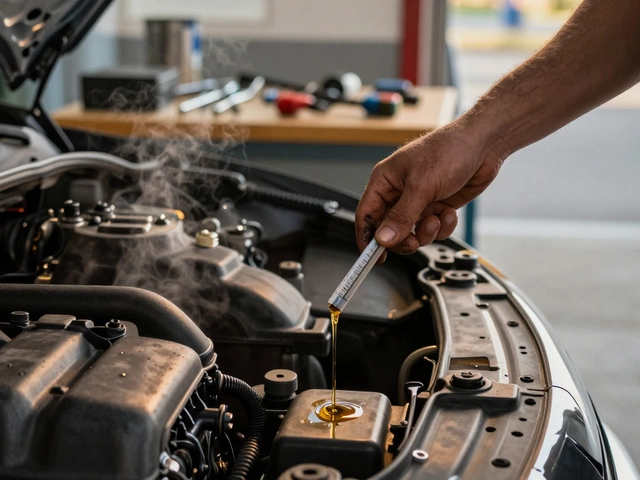

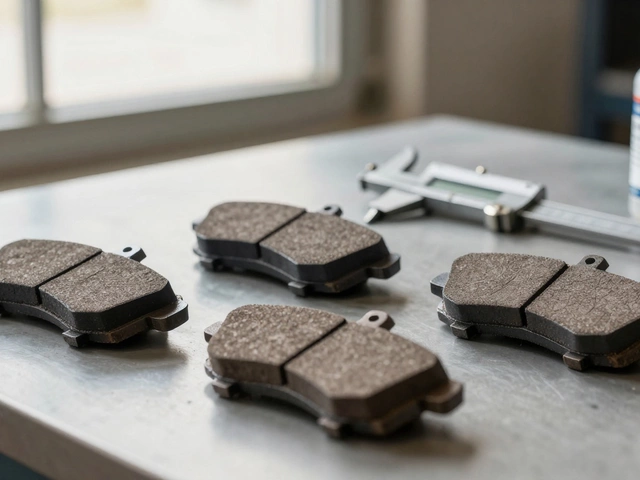
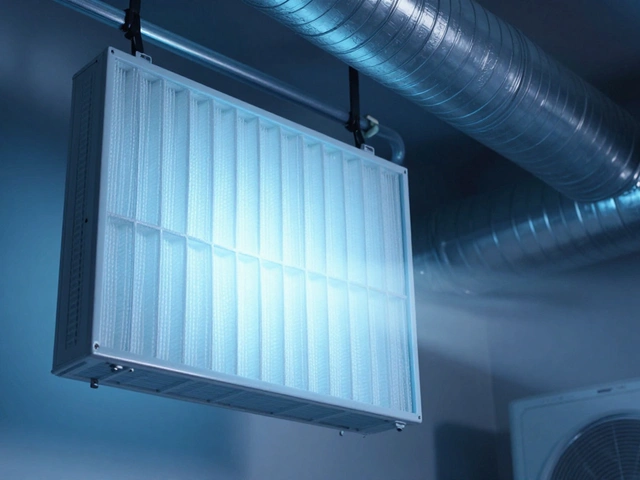



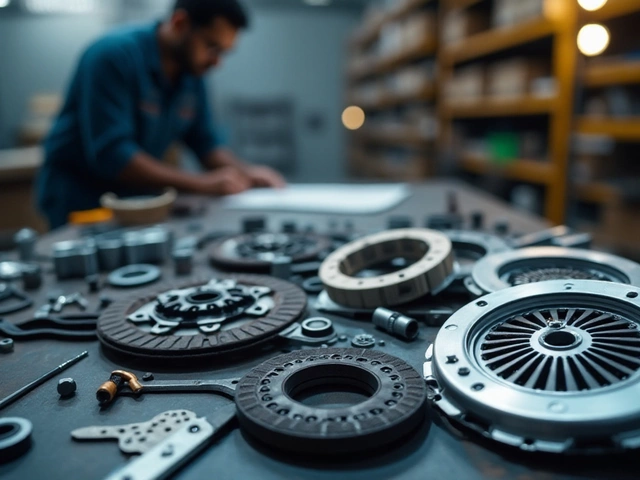
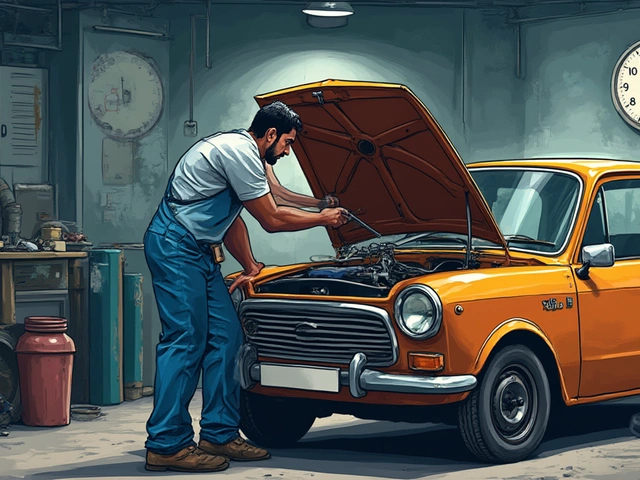
Write a comment